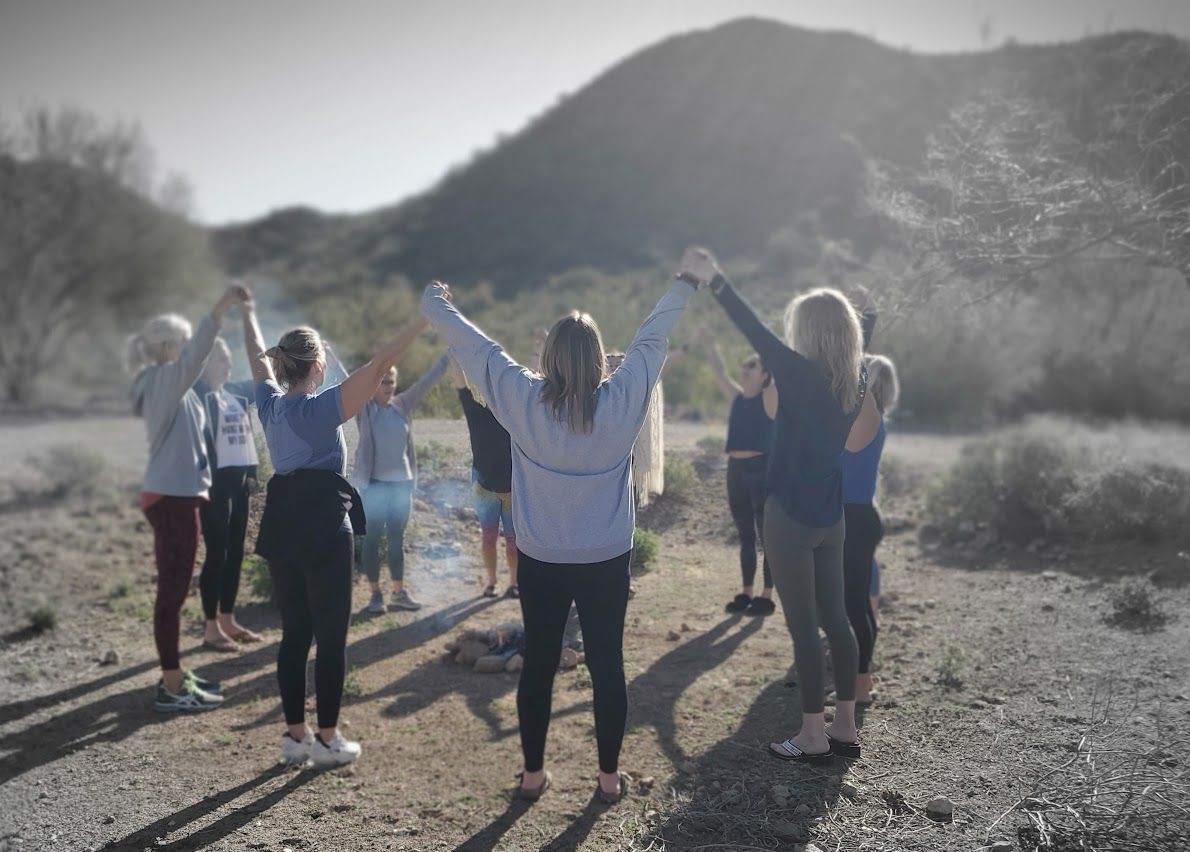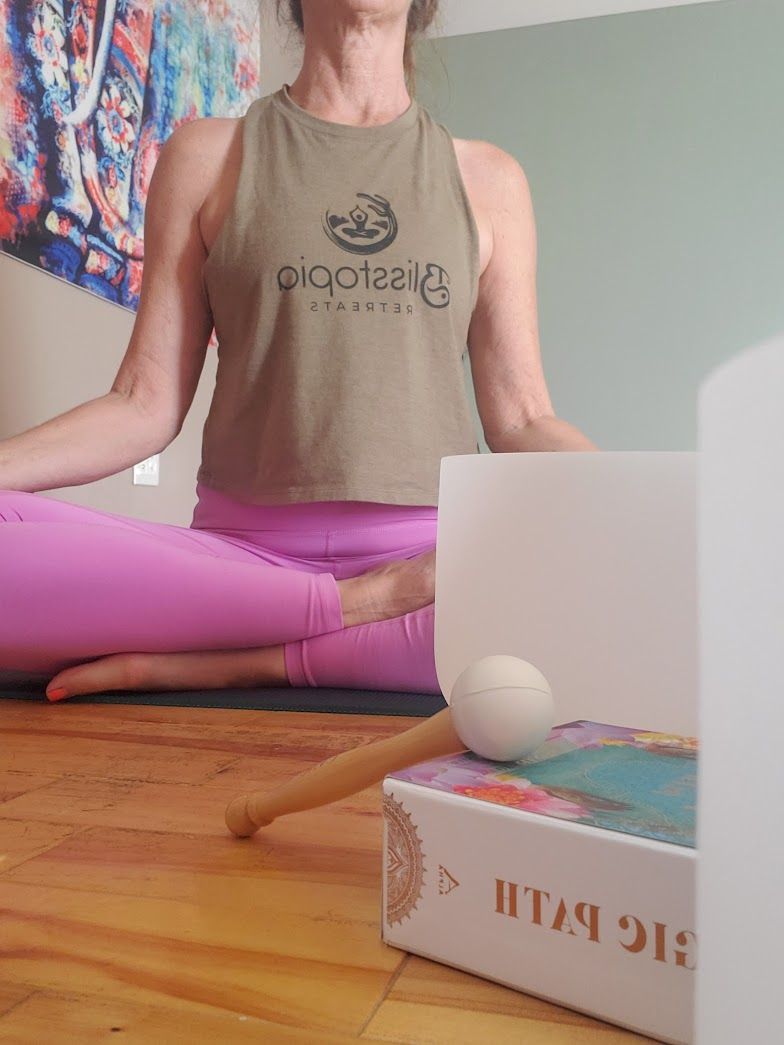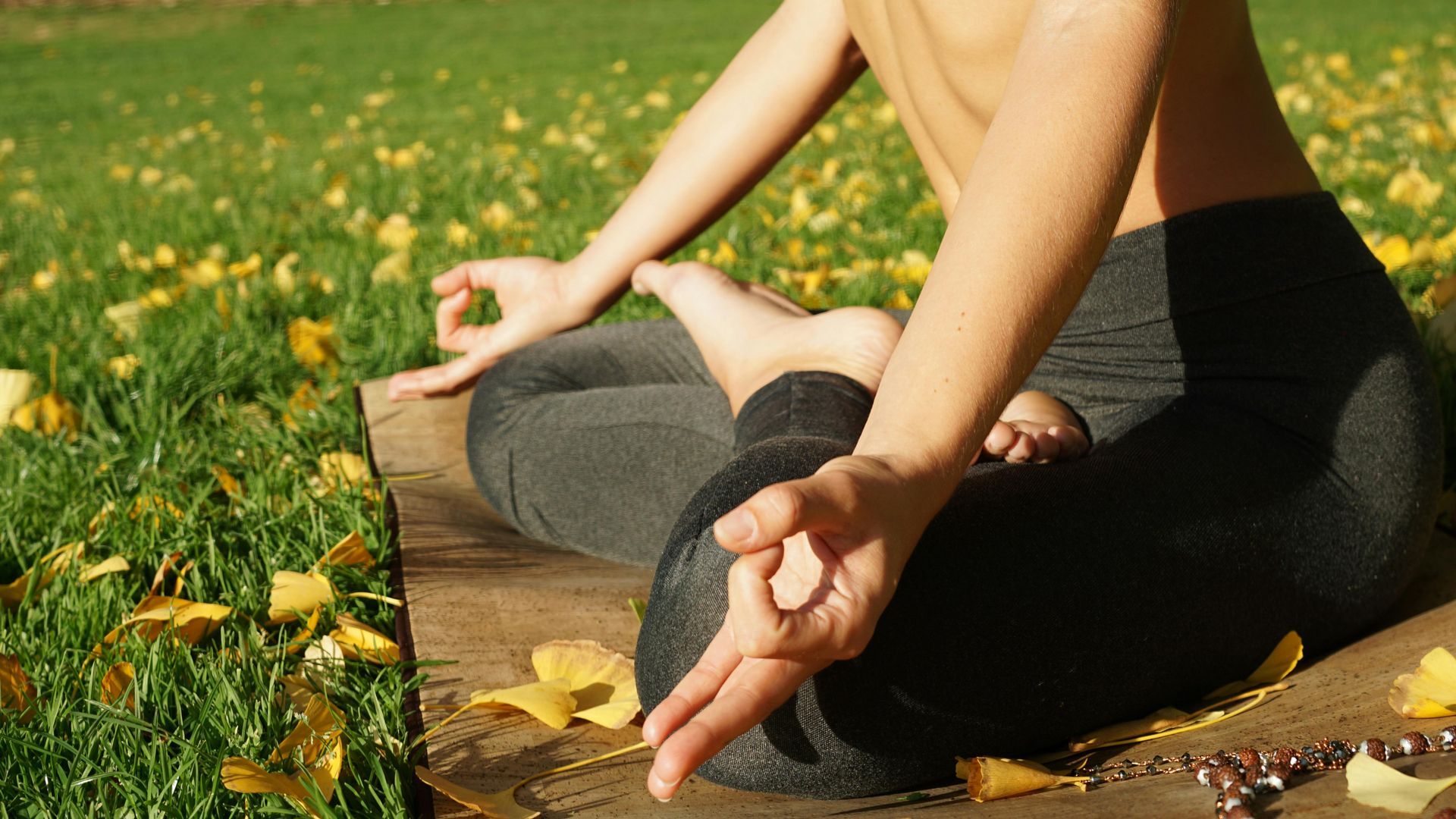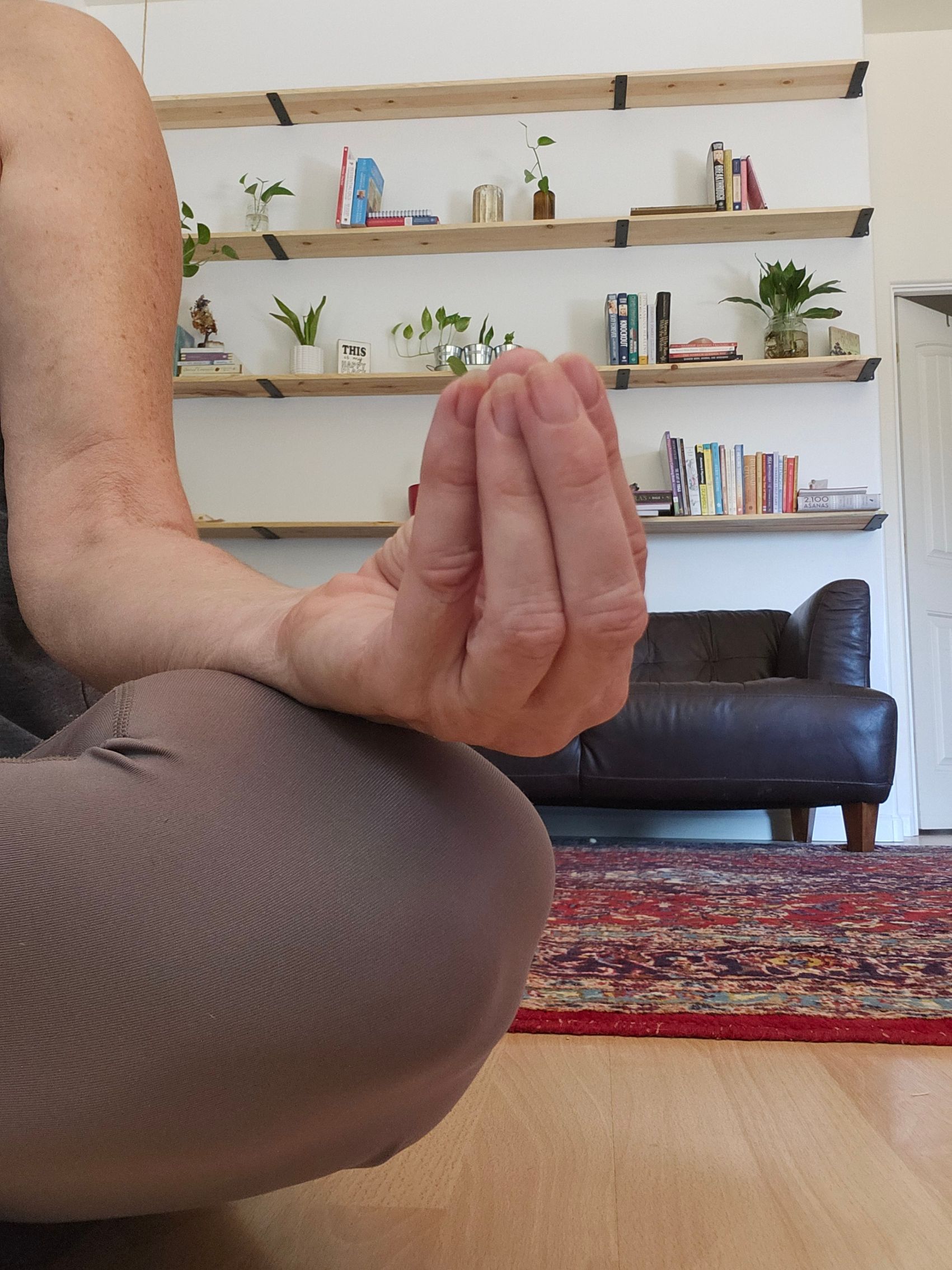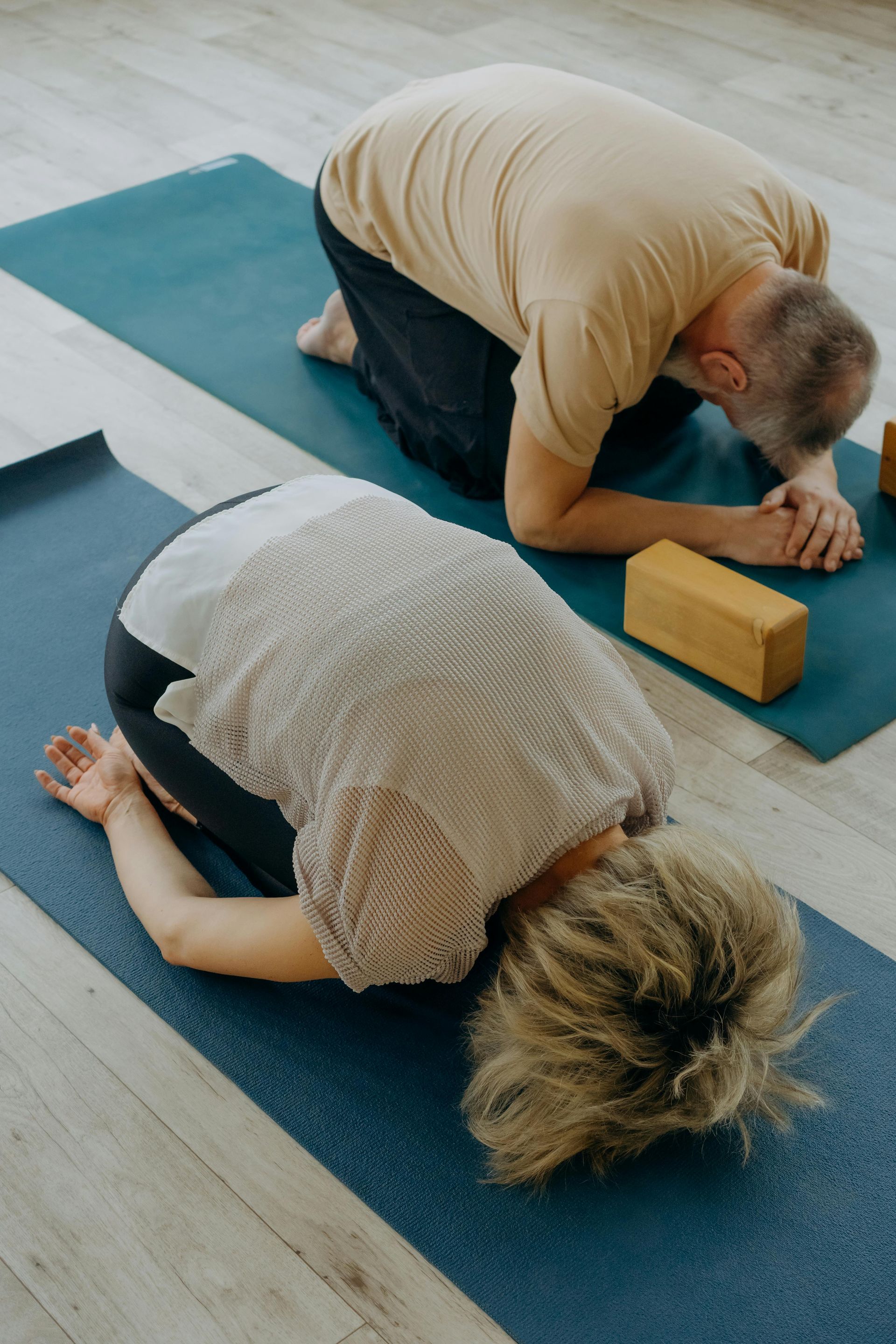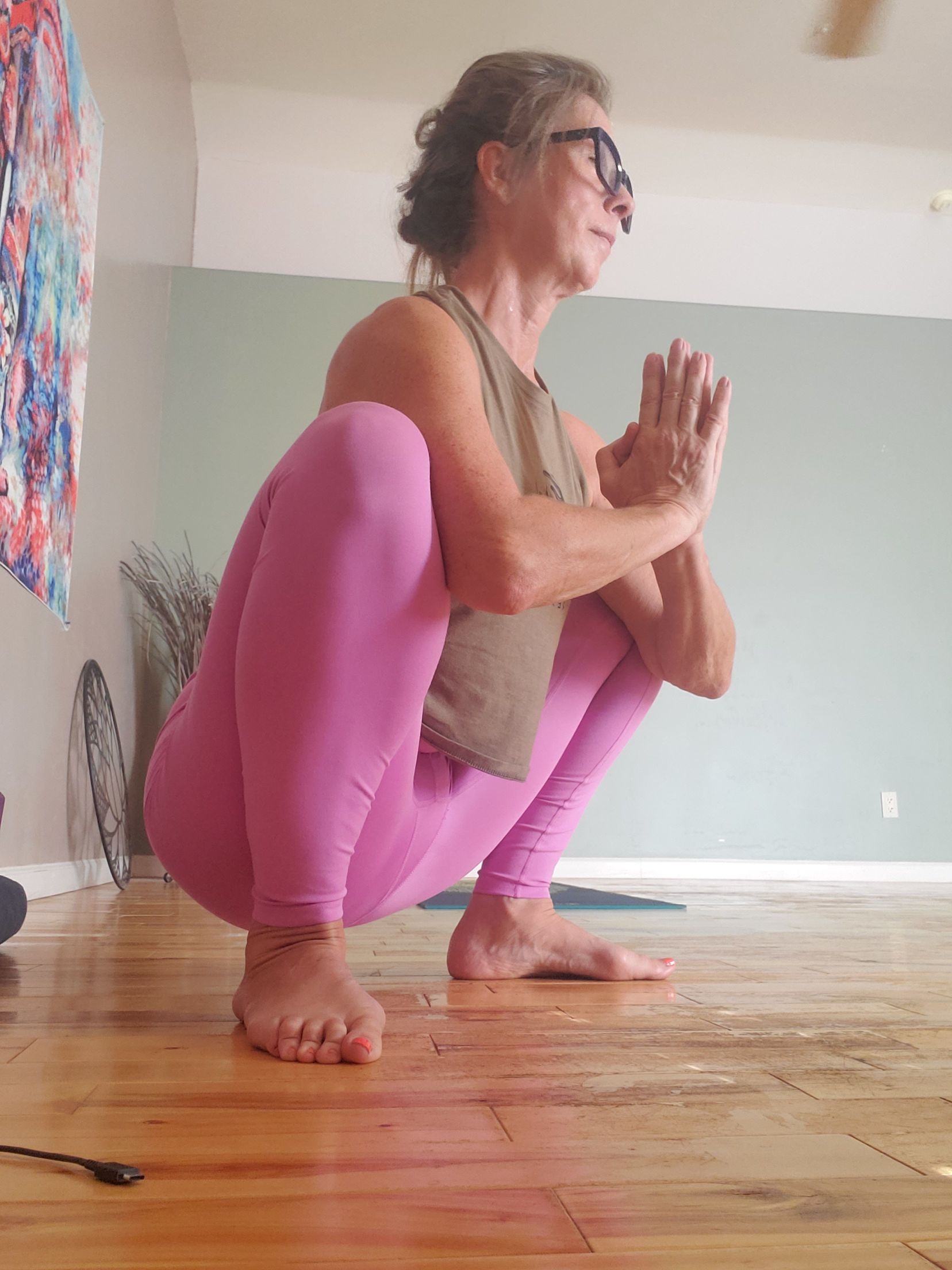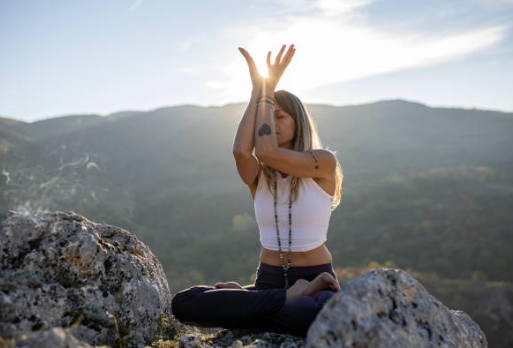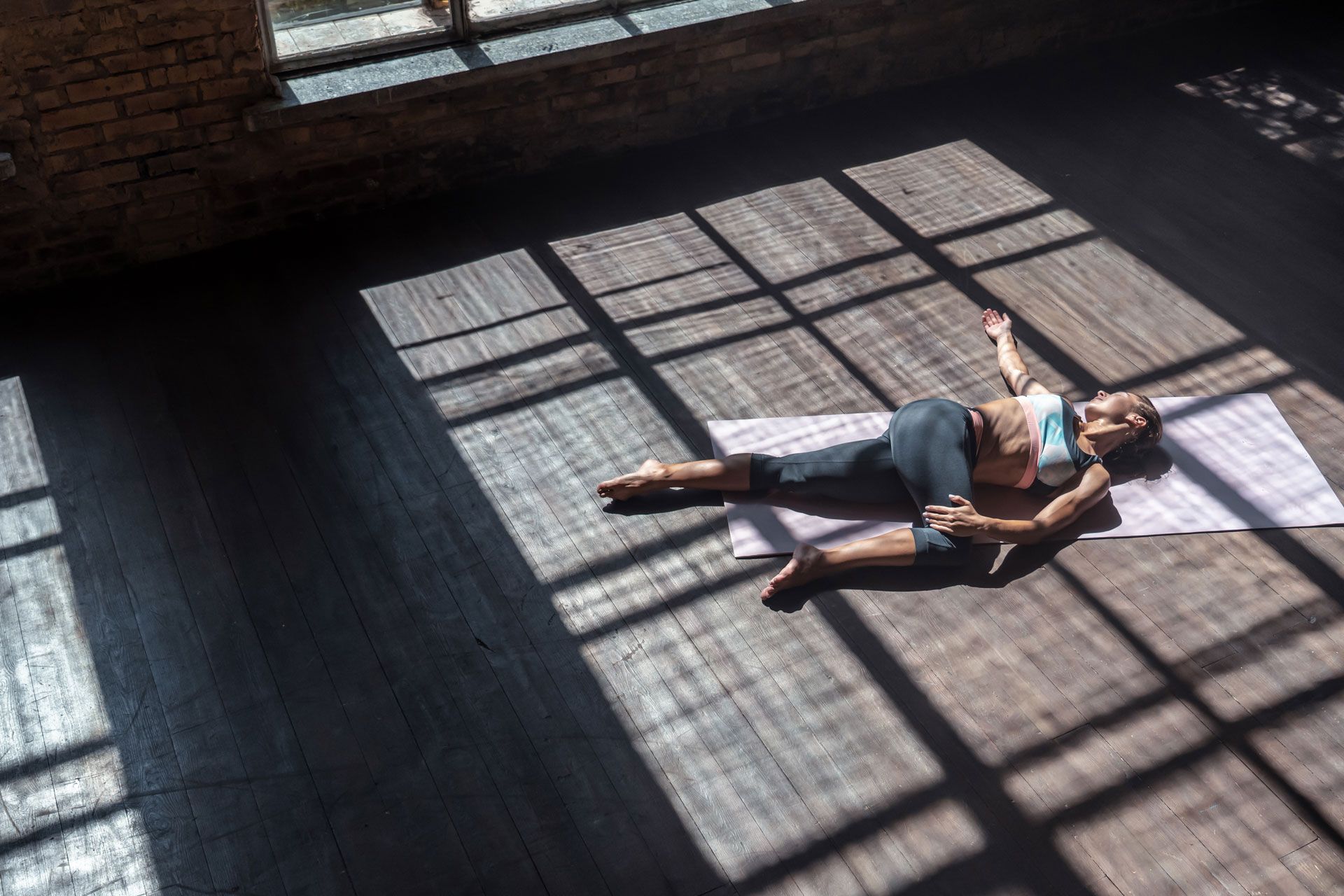Savasana: The Art of Letting Go
II can still remember when I first started practicing yoga, lying in savasana and wondering, Am I doing this right? My mind would race. My body would fidget. And when the teacher invited us to roll to one side, I didn’t know if it mattered—or why.

Over time, I’ve learned that savasana isn’t about “getting it right.” It’s about learning to surrender. And surrender looks different for each of us, and even for the same person depending on the day.
Like yoga itself, savasana is a shape-shifter—sometimes seen as nothing more than an athletic cool-down, sometimes confused with Yoga Nidra. But really, savasana is its own practice, and one of the most profound gifts yoga offers.
Here are a few lessons I’ve gathered along the way:
Which side to turn?
It depends on what you need. Rolling to the left activates energy and clarity, making it a lovely way to transition out of a morning practice. Rolling to the right supports reflection, rest, and softness—beautiful before bed or after an evening session.
Do I have to lie flat on my back?
Not at all. Savasana isn’t about a shape—it’s about an experience. You can lie on your side, your stomach, supported by bolsters, even in a chair or bed. The only requirement is that your body feels safe enough to let go and melt into gravity.
Can savasana stand alone?
Yes—and this might be my favorite discovery. Shavasana by itself is a complete practice. You don’t need 60 minutes on the mat for your yoga to “count.” Sometimes what your body and soul need most is just 10 minutes of stillness. That is yoga.
Can I begin with savasana?
Absolutely. What matters most is asking yourself: Why am I practicing today? If the answer calls you to begin in stillness, listen. If it calls you to end there, listen. Yoga is about tuning in to your inner wisdom, not following a rigid sequence.
The Myths of Savasana
Myth #1: It’s just a pose.
Truth: Savasana is a sacred journey inward. It is a daily practice of letting go, of dying to all the noise and distraction, and being reborn into presence. It is so much more than a pose—it’s a pilgrimage into stillness.
Myth #2: It’s optional.
Truth: Rest is not optional. Integration is not optional. Savasana allows your nervous system to settle, your energy to balance, and your spirit to come home to itself. It may be the most important part of your practice.
Myth #3: It’s the same as Yoga Nidra.
Truth: While both are powerful, they are not the same. Savasana bridges breathwork and meditation, while Yoga Nidra bridges meditation and expanded consciousness. Each has its purpose, but they serve different roles in your practice.
The Heart of Savasana
At its core, savasana is a practice of remembrance. It’s the pause where everything else falls away—your to-do list, your roles, your worries—and you return to the still, quiet center within.
When we allow ourselves to rest here, we touch a deeper truth: that we are more than our doing, more than our striving. We are wholeness, exactly as we are.
So the next time you find yourself in savasana, whether for two minutes or twenty, let go of the “rules.” Let it be what you need it to be. Begin with it, end with it, or practice it all on its own. What matters is that you listen—and surrender.
That’s where the real yoga begins.
